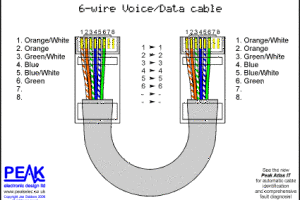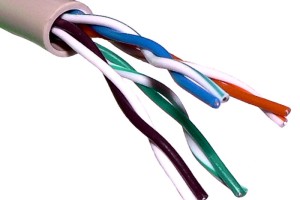Sustainable Cabling in the cabling industry
Structured Cabling Field
The internationally recognized certification system for green building techniques is referred to as LEED. This acronym, standing for: Leadership in Energy and Environmental Design, provides an outside verification for buildings, businesses and communities to assure that they are planned and built with the aim of utilizing and sustainable practices and improving environmental efficiency. This includes energy usage, air emissions levels, water efficiency, indoor environmental elements and a general responsibility and leadership towards improving sustainability internally and throughout the community at large. While many building industries are included in the LEED ramifications, the structured cabling field is, for the most part, overlooked.
Structured Cabling Process and Equipment
Although LEED standards presently do not consider structured cabling processes and equipment, the problem solving towards better and more sustainability has already begun to develop within the cabling industry. The efficiency of certain cable designs maximize the amount of of information that can effectively gravel across it while minimizing the length of cord and the amount of general materials. Network cabling is also foundational to sustainability in that it creates a digital information storage and sharing that requires less paper to book or file and less storage resources in general. Actually, the more effective a cable networking system the overall more energy-saving the process. The fact that LEED qualifications pass over cable networking produces a specific flaw within the system. This hole in consideration means that many new building projects reroute funding in the budget from structured cabling to other issues, and thus the cabling ends up being second rate and in-efficient detracting from the overall sustainability of the structure or community.
Structures Cabling Industry
So, how can the structures cabling industry get the attention of the U.S. Green Building Council (USGBC) who designed LEED and prove that cabling is an important ally and aspect of environmental sustainability? First of all, lobbyist affiliated with the industry need to focus more on citing the sustainable benefits of structured cabling. A showcasing of developing technologies like fiber-optic cabling and twisted-wire advancements in public forums will also inform the population of the importance of sustainable advancement for philosophically and financially to the industry at large. Many of these new cabling technologies are seen only for their business, ease and speed capabilities; the light is rarely shown on how cabling can aid a business in it’s efforts towards sustainability. In the same vein, research and development efforts in the cable and network engineering field need more attention. Grants are available for this kind of research, to employ more sustainable tools that are made out of or from reusable and recyclable materials. While steps are being taken towards sustainability within structured cabling jobs, the real issue is publicizing those efforts and advancements more effectively.




